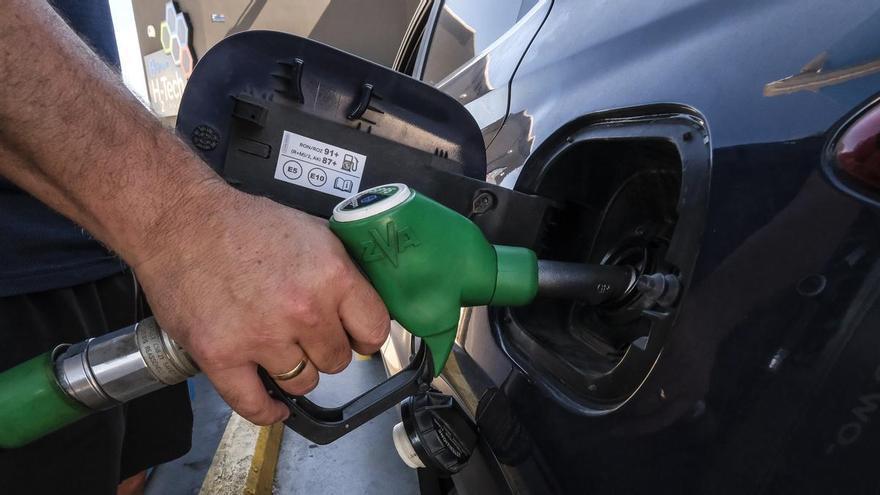
Fuerteventura has implemented a fuel subsidy of five cents per litre since the beginning of February. This incentive complements the existing deductions enjoyed by the green islands—El Hierro, La Palma, and La Gomera—which will see a 20 cents per litre bonus commencing April 1, 2024. This initiative aims to rectify the price disparity experienced by the capital islands—Tenerife and Gran Canaria.
In this year’s Budget Law, to address this price difference more effectively, the decision was made to establish varied amounts for each non-capital island, which will be updated every three months. This includes Fuerteventura and Lanzarote, which had previously been excluded from this measure.
The Canarian government will oversee and ascertain which islands qualify for the subsidy during each period by comparing the average gasoline and diesel supply prices on each non-capital island against the collective average prices in Gran Canaria and Tenerife. Deductions will range between five and 30 cents, with some islands possibly not benefiting from this reduction if deemed appropriate.
Based on these calculations, Fuerteventura will enjoy a subsidy of five cents per litre, La Gomera will receive 20 cents per litre, and El Hierro will be allocated 30 cents per litre. Initially, La Palma was to receive a fixed amount of 10 cents per litre; however, in a recent decision made yesterday, it has been raised to 20 cents per litre in response to the island’s economic recovery needs, particularly following the aftermath of the Tajogaite volcano eruption in 2021. Conversely, Lanzarote will not receive a bonus, as the price difference is negligible.
In Fuerteventura, the introduction of this measure has been met with celebration. The deputy from the Popular Party representing this island in the Canarian Parliament, Fernando Teach, highlighted that this initiative is an executive commitment from the Canarian government, which he refers to as the Flower Pact that has not seen progress in four years of legislation.
In Lanzarote, the PSOE and nc factions have expressed their outrage. “The cost of fuel is high enough for us to be excluded from this measure,” remarked the spokesperson for the Socialist Group in the Lanzarote Cabildo, Ariagona González. This claim seems inconsistent with reality when price comparisons are drawn between islands currently benefiting from bonuses.
At present, Lanzarote records a price of 1.12 euros per litre for 95 octane gasoline, while diesel is priced at 1.13 euros per litre. Even without a bonus, these prices are more economical than those on El Hierro, which has the highest subsidy of 30 cents per litre. On El Hierro, after applying the reduction, the price for gasoline climbs to 1.25 euros, while diesel reaches 1.27 euros. Similarly, La Gomera, despite having two fuel distribution companies, sees prices of 1.26 euros for gasoline and 1.27 euros for diesel, even with the 20 cent deduction.
Fuerteventura’s prices, despite having a smaller subsidy of five cents per litre, are 1.24 euros for gasoline and 1.09 euros for diesel. La Palma, meanwhile, has the lowest fuel prices, with gasoline costing less than a euro at 98 cents and diesel at 96 cents following the 20 cent reduction.
In Tenerife and Gran Canaria, which serve as the benchmarks, the prices are approximately one euro per litre for gasoline and 1.27 euros for diesel.
















